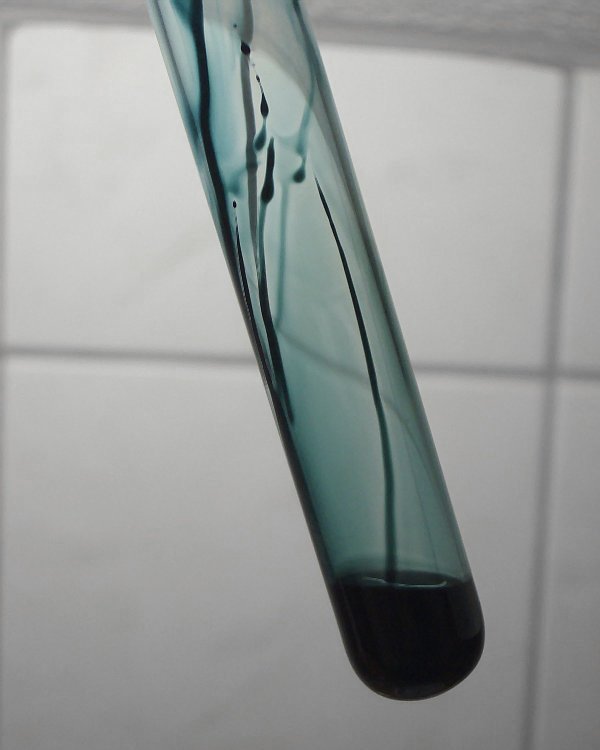Oxidation state actually is just a bookkeeping device and does not really need to reflect real charges. E.g. in MnO4(-), the Mn is said to have
oxidation state +7, but this does NOT mean that the atom has a charge +7 on it.
In I2(+) both iodine atoms are equivalent, so the total (real) charge of the ion is divided over both iodine atoms. And because no other atoms are
part of this ion, one cannot say anything else than that iodine has oxidation state +1/2.
There are more of such fractional oxidation state ions or molecules. Examples are the super oxide ion O2(-) and the complex species Cu2Cl3 (which
actually has structure Cl-Cu-(mu-Cl)-Cu-Cl, in which copper has oxidation state +3/2. |






 .
.